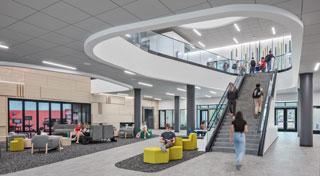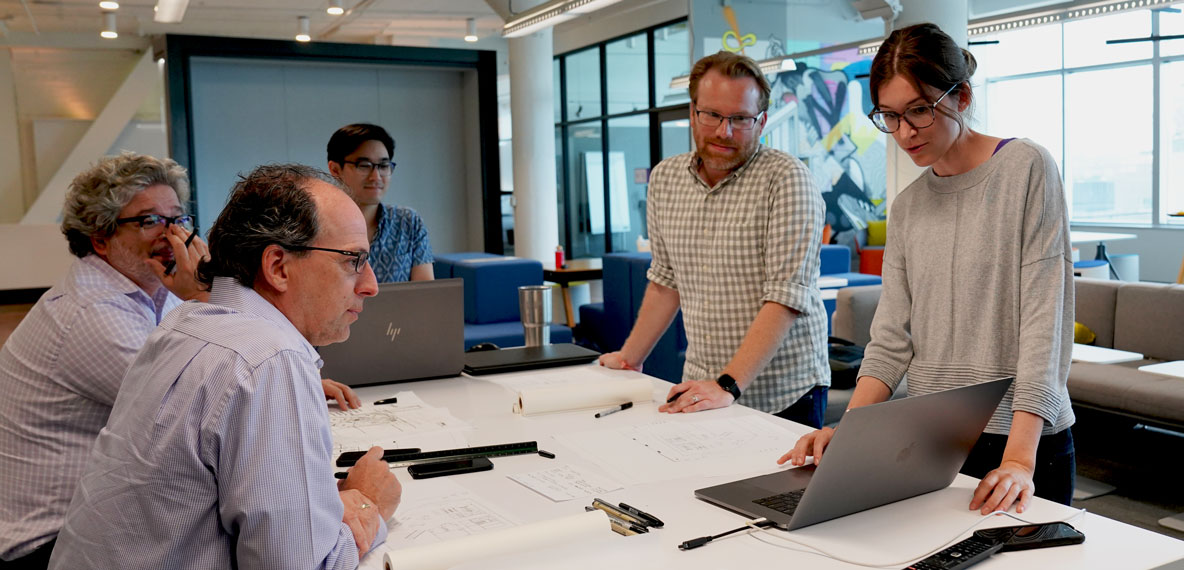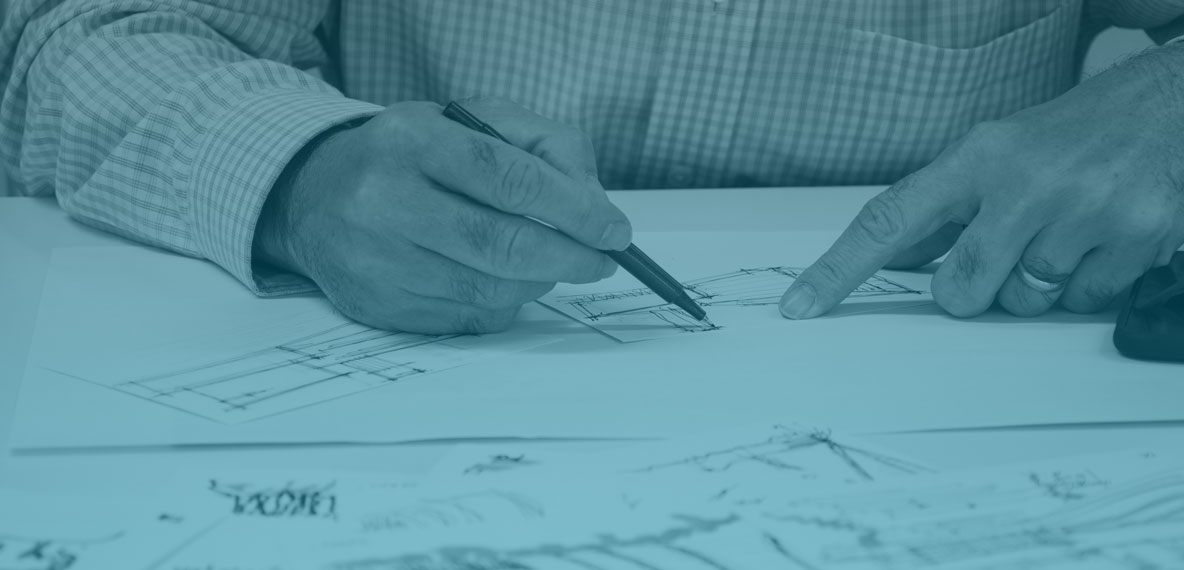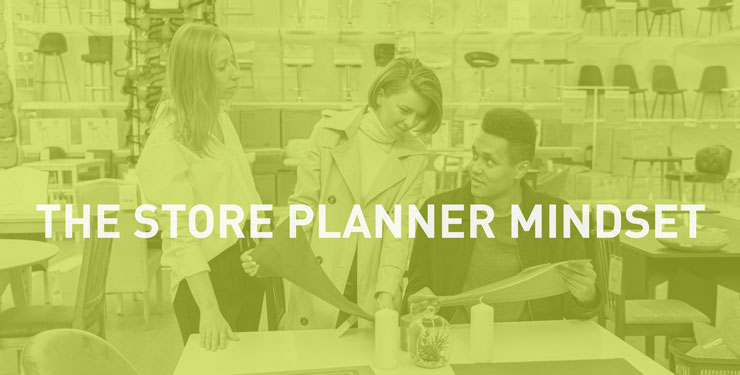
Bridging the Gap: Building the Optimal Retail Team

Retail design teams of today look significantly different than ever before. But if built efficiently, these teams can work smarter for retailers.
Because in-house retail design teams are no longer the norm, this presents a challenge to retailers who are looking to maintain their brand’s authenticity and increase sales across shopping platforms.
As retailers are looking to build stronger teams, there are numerous factors to consider, and a deeper understanding of the past can help inform future decisions. The goal is a robust team of both the retailer and consultants, with consultants becoming more of an extension of the client’s team rather than merely a vendor.
Retail Design Teams of the Past
In the past, many retailers had comprehensive internal teams who in some capacity worked together on creating, pricing, building, and maintaining their stores and spaces. External consultants worked alongside these client teams, providing services not otherwise provided from within. This model varied from client to client, but collaboration between the internal teams was expected and required. In many of these cases the consultants were working directly with their client counterparts: architects with architects, interior designers with interior designers, construction administrators with construction administrators, etc.
Over time, we’ve seen these internal teams and departments shrink in size and capacity. Design and construction departments were streamlined as well as facilities and procurement. As internal design knowledge disappeared from client departments, consultants picked up the load. While it always made sense to outsource specific services, consultants were now providing a wider range of services and expertise. Retailers were becoming accustomed to leveraging consultants as almost an extension of the internal client teams. Client directors were now managing consultant teams and not so much internal employees. In some ways, this alleviated the pressures of meeting internal deliverables and schedules, not to mention the burden of managing FTEs.
The Shift in Design Team DNA
Recently, internal client departments have diminished considerably. Consultants who work as an extension of specific client teams are now acting as or on behalf of the client team. Consultants are working directly for department heads, providing all the deliverables that were once provided within the organization, and they now have a much more intimate understanding of the client’s brand, business goals, and internal processes. As a result, specialized consultant teams have been formed to provide detailed and specific services to each individual retailer.
Building Smarter, Efficient Teams
The change in retail design teams requires retailers to spend significant time, effort, and money to vet their consultants. Building strong relationships between the retailer and the internal consultant team and educating consultants on company practices and organization is critical to the onboarding process. Beyond building this rapport, retailers often require that their consultant teams share their capacities, so they have reassurance that they get 100% of the team’s attention.
Consultants have a lot to balance with this new model. This intense retailer-customer focus makes it more difficult for consultants to share resources internally, and as a result, consultant teams have become more siloed. Architects, designers, and project managers are now more focused on individual clients which makes traditional collaboration across teams more difficult.
To avoid burnout and strain on consultant teams, consultants must pursue new ways to collaborate and communicate while increasing their knowledge, expertise, and value in their careers. Evaluating the numerous digital collaboration tools out there is a great first step. Platforms like Miro make it possible to simulate in-the-room collaboration on highly visual projects.
But what is most important for consultant teams happens internally. Set aside time internally to share knowledge and lessons learned as your team becomes a more informed group of professionals. Sharing can be a fun and casual thing and not meant to overburden someone or a group of individuals.
Author
Content Type
Date
April 15, 2022
Market



